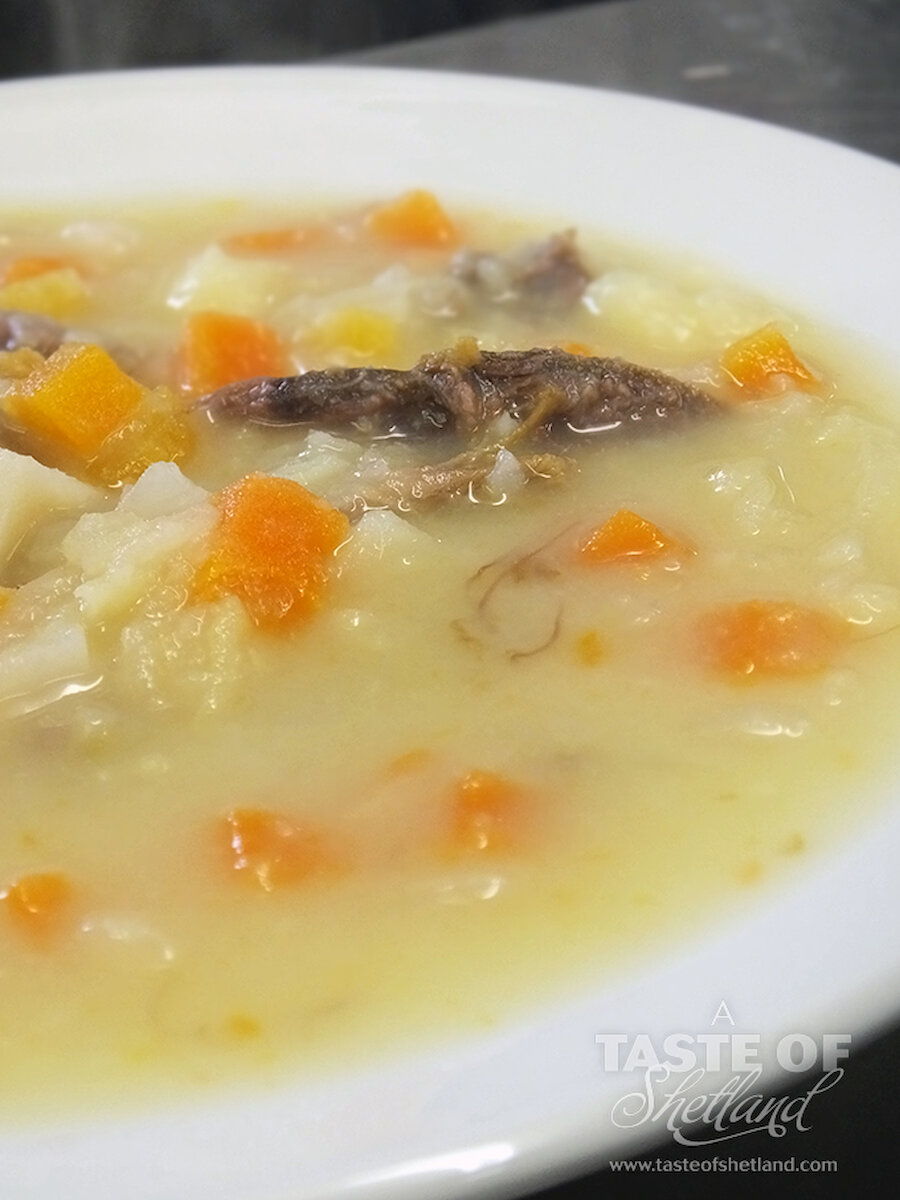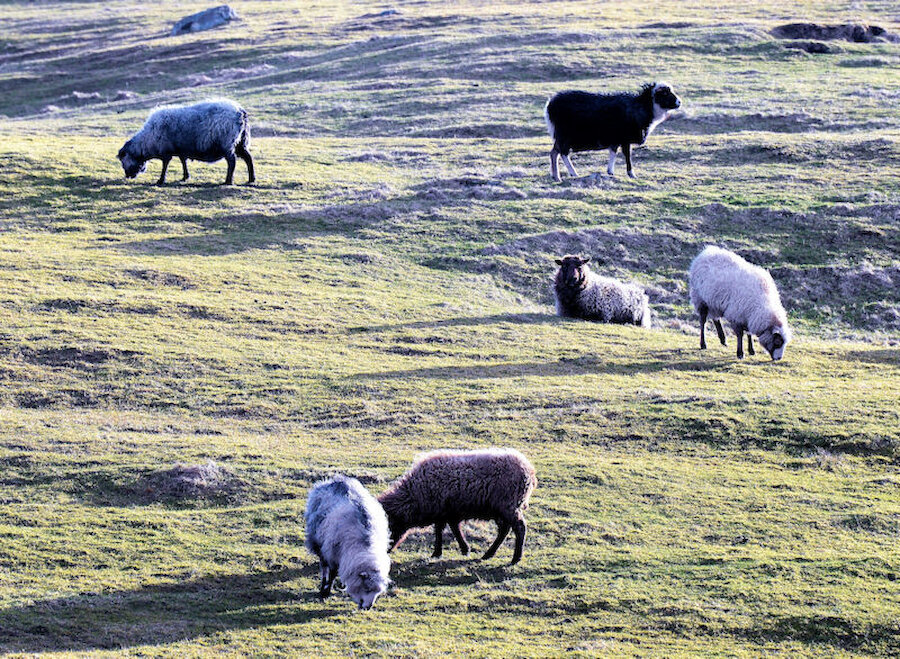The perfect pudding
When it comes to puddings, how about a traditional plum pudding? In Cookery for Northern Wives (Shetland Heritage Publications) – a real period-piece among recipe books, first published in 1925 – Margaret B Stout offer two recipes and I’ve adapted them slightly to produce this one.
- Half a pound (225g) of breadcrumbs
- Two ounces (60g) of flour
- Half a pound (225g) of suet (shredded, either original or vegetarian)
- Half a pound (225g) of dates, stones out and chopped
- Half a pound (225g) of sultanas
- Half a pound (225g) of currants
- Two ounces (60g) of mixed peel
- Two ounces (60g) of lemon peel
- Two ounces (60g) of almonds
- One teaspoonful of mixed spice
- One lemon
- Four eggs
- Half a pound (225g) of Demerara sugar
- A pinch of salt
- Some milk
If you prefer, you can substitute chopped apple, figs or nuts for the dates, or a combination of these that comes to the same weight.
Grate the lemon peel and combine all the dry ingredients in a basin, then beat the eggs and add them, with a little milk. Mix together, and if the mixture seems very stiff, add a little more milk to loosen it; it should be moist.
Margaret Stout offers three options for cooking the pudding: firstly, you can turn the mixture into a buttered basin (¾ full), cover with greased paper and steam for 8 hours. Alternatively, the pudding may also be boiled for 5 hours, either in a cloth or in a basin (full), covered with a floured cloth.
How about drinks?
The climate is certainly warming in Shetland, but we’ve some way to go before crofters can start thinking about planting vines – well, other than in polycrubs – so we have to look south for wine.
We do, though, have gin, distilled in Shetland by Shetland Reel, and they also offer a very nice blended malt whisky (an unusual thing in itself) which, though not distilled in Shetland, is partly aged here. There’s local beer too. The Lerwick Brewery offers a good range of lager, IPA and stout, and they do mail order.
Although much of the food at Christmas in Shetland may be familiar, the islands offer some truly great ingredients from land and sea, generously garnished with local tradition.
If you would like to find out more about ordering food from Shetland, a web search will turn up many sources of supply. An excellent place to start, though, is at the Taste of Shetland website, where you can meet many of our food suppliers and order some local products, such as oatcakes and butter.
Bon appetit!



